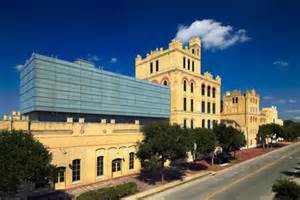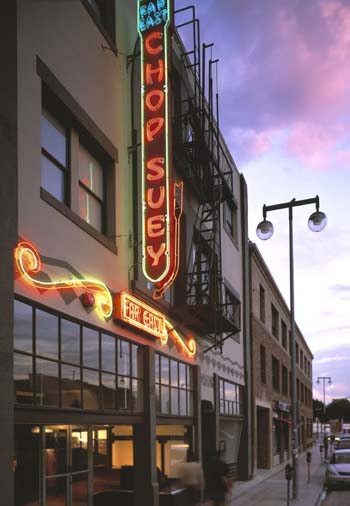Historic preservation and cultural heritage
Adaptive reuse
Adaptive reuse refers to remodeling an existing building to accommodate a new use or purpose other than what it was initially designed for. Particularly in the downtown core, adaptive reuse can be an important element in land conservation and reducing urban sprawl. Additionally, many sustainable features can be found in historic buildings, including passive heating and cooling as a result of site orientation and natural ventilation, natural daylight and use of durable local materials. Reusing existing buildings saves energy and reduces greenhouse gas emissions by avoiding new construction and diverts demolition waste from landfills.
The City has developed incentive programs for adaptive reuse projects in eligible areas. The City will continue to work with community partners to seek financial resources and incentivize opportunities for adaptive reuse projects, as well as continue to identify and evaluate procedural incentives.

